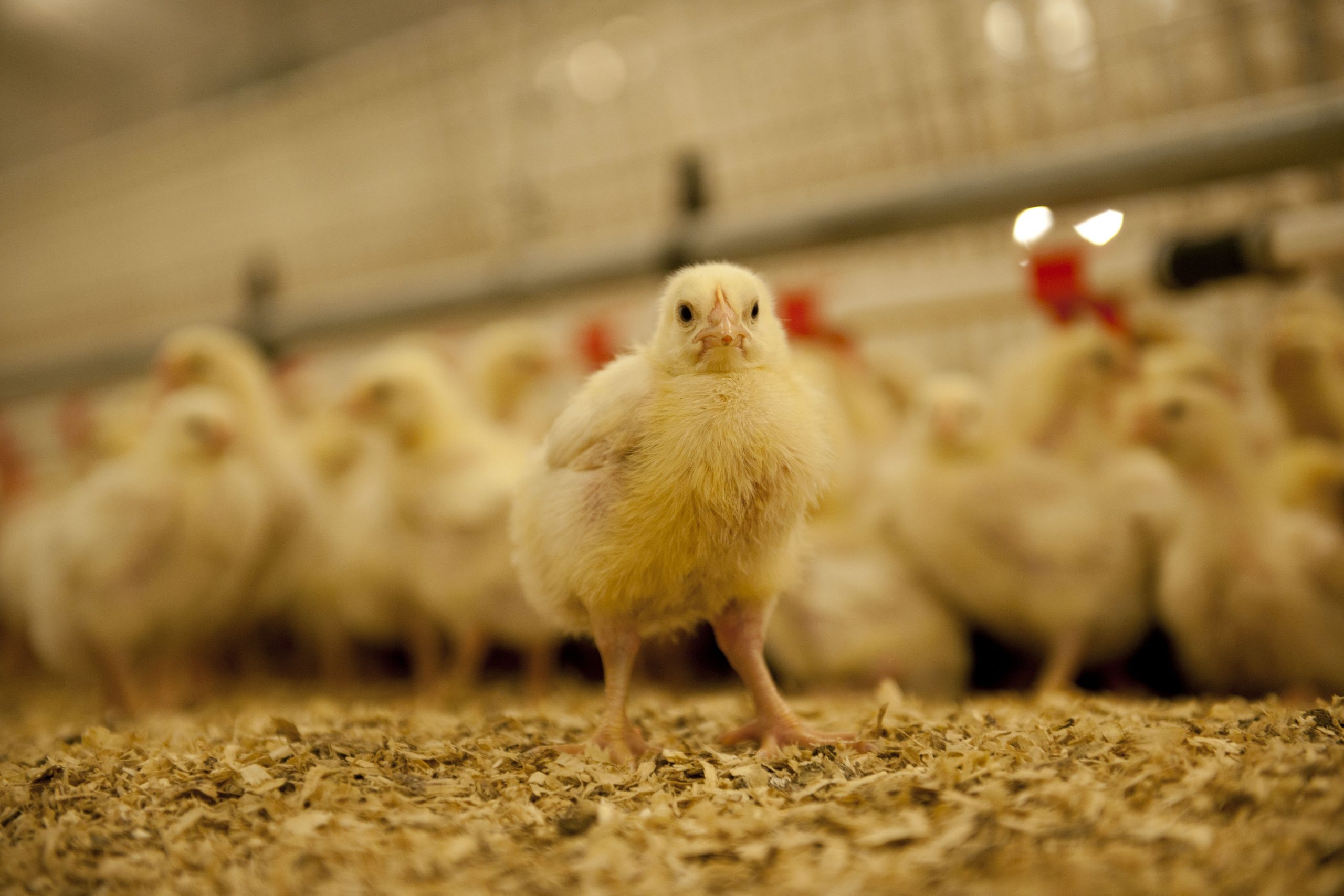Antibiotic use drops in UK and NL broilers

The poultry meat sector in the UK and the Netherlands have seen a large reduction in antibiotic use. This is the conclusion from recent reports published by both countries.
According to data from the Antibiotic Stewardship Council, an initiative of the British Poultry Council BPC), in 2016, the UK poultry meat sector used 23.72 tonnes of antibiotics. This corresponds to a 71% reduction in the net use of antibiotics compared to 2012. Data collected by the BPC is published every year as part of the UK-Veterinary Antimicrobial Resistance and Sales Surveillance (UK-VARSS) report.
The reduction in the UK poultry sector is mainly the effect of the ban on prophylactic use of antibiotics, ban of the use of third and fourth generation Cephalosporins in 2012 and stopping the use of Colistin in 2016. UK poultry farmers can only use Fluoroquinolones and Macrolides as a last resort. UK turkeys are more susceptible to enteric issues as compared to any other species and have fewer licensed antibiotic products available that are effective in treating infections. The turkey sector has made great strides and achieved an 83% reduction in the use of Fluoroquinolones and 61% reduction in overall antibiotic use in the last 2 years.
More focus on why and when
In the next couple of years, the UK Antibiotic Stewardship Council will continue working closely with its members (representing 90% of UK poultry meat production) to better understand and control why and when antibiotics are used and in what quantity, to better communicate its actions and share best practice on sustainable use. Through more coordinated action between poultry meat farmers, processors and the scientific community, as well as policy makers at local, regional, national and global levels, the council will continue preserving the efficacy of antibiotics.
Large drop in Dutch broilers
The Dutch broiler sector has realised a whopping 30.1% drop in antibiotic use in 2016, compared to 2015, published in the recent Maran publication. This major achievement is partly due to the fact that Dutch poultry famers have chosen more often for other (slower growing) broiler breeds (something that is demanded by the Dutch consumers). Compared to 2009 (the reference year for the Netherlands), this is a drop of 72%. In the Dutch Turkey sector a drop in antibiotic use is seen of 26.5%.
The Netherlands also actively monitors antibiotic resistance. As a result of prioritisation and changes in legislation, since 2014 the focus of the surveillance of antimicrobial resistance in Campylobacter is mainly in isolates from poultry (including broilers, laying hens and ducks) and poultry meat. The recent data show that resistance rates in C. jejuni from broilers was somewhat lower, whereas rates in poultry meat did not substantially change in 2016, compared to 2015. Overall, resistance levels were higher in C. coli than in C. jejuni isolates. Resistance rates for quinolones in C. coli isolates from broilers, laying hens and poultry meat decreased since 2015. Levels of resistance of C. jejuni for tetracycline and the quinolones were substantially higher in broilers than in ducks and laying hens.
Join 26,000+ subscribers
Subscribe to our newsletter to stay updated about all the need-to-know content in the feed sector, three times a week. Beheer
Beheer









 WP Admin
WP Admin  Bewerk bericht
Bewerk bericht